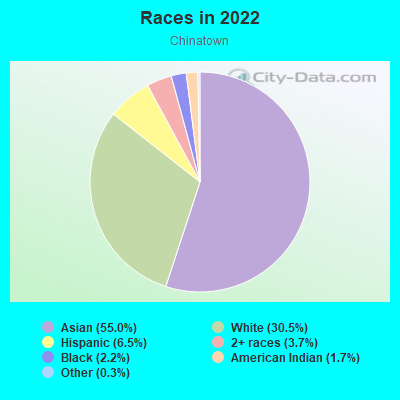Chinatown, Manhattan is home to approximately 100,000 Chinese immigrants. In fact, it currently holds the largest group of Chinese immigrants in the entire nation. With this in mind, it is no surprise that this neighborhood is a cultural hub with manifest hallmark centers, stores, and ample sites to see and explore.
Chinatown is located in the lower side of Manhattan. The neighborhood accommodates various sorts of Chinese luxuries, the most alluring of which include restaurants, arts and crafts stores, to more specific traditional amenities such as vendors of Chinese herbs, clothing, and jewelry. When my group and I were strolling through Chinatown near Canal Street, we came across a street vendor selling Chinese Sweet Mini Cakes, with the price of fifteen for a dollar. This, however, is just one of the many unique features and social centers that are vested on the streets of New York City’s Chinatown.
In addition to remarkable Chinese dining center and restaurants, Chinatown also contains cuisines from many different parts of Asia as well, including, but not limited to Malay, Thai, and Japanese.
Even still, fine dining is not Chinatown’s only specialty. The neighborhood is imbued with landmarks, monuments, and historical sites that easily manifest the rich history of the community and make it apparent to anyone taking a casual saunter through the neighborhood. These benchmark sites include The Church of the Transfiguration, the Edward Mooney House, and the Mahayana Buddhist Temple.
All these remarkable features of Chinatown, perceptibly diffused with patent Chinese culture at every crevice of the neighborhood, combine to make it a social hub full of life, culture, and civilization beyond generations of time.
– Nadera Rahman










